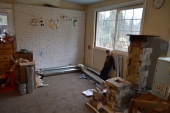
 11
11





 10
10




- Tim's Homestead Journal - Purchase a copy of Building a Better World in Your Backyard - Purchase 6 Decks of Permaculture Cards -
- Purchase 12x Decks of Permaculture Cards - Purchase a copy of the SKIP Book - Purchase 12x copies of Building a Better World in your Backyard
 4
4




Creating sustainable life, beauty & food (with lots of kids and fun)

 11
11




Miriam-Webster wrote:
soil
: the upper layer of earth that may be dug or plowed and in which plants grow
dirt
: loose or packed soil or sand
 15
15




Nothing ruins a neighborhood like paved roads and water lines.
 7
7











 5
5




 5
5




r ranson wrote:As I understand it, we want to find a way to show (on video) that it's dirt and not soil.
Soil tests are good at telling us the makeup of the dirt/soil, but are boring as all hell on a video.
I like the mason jar, water, shake, and settle test. I could see a montage kind of thing of multiple people shoveling dirt into the jar, add wateer, shake, if someone could get a timelapse of theirs settling. Then cut to the dirt jar settled, and placed an already done soil jar next to it. Pretend 5 or 10 people. The sequence would take 15-40 seconds depending on the feel the editor is going for.
It's more show than tell this way, so a narration over it would help for the audience that likes more details.
And shots of the trowel entering the dirt vs the trowel entering the soil would help to bring home the difference.
Like my shiny badges? Want your own? Check out Skills to Inherit Property!
 7
7




 6
6












 9
9




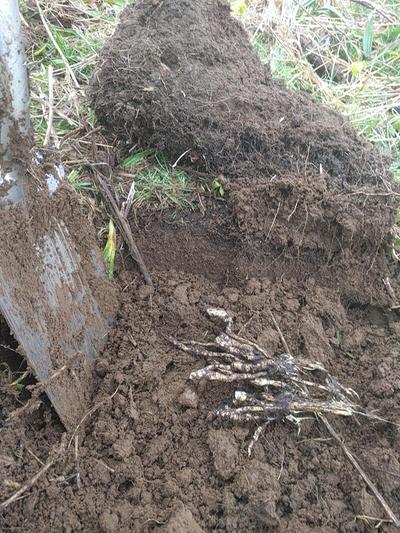
How Permies works: https://permies.com/wiki/34193/permies-works-links-threads
My projects on Skye: The tree field, Growing and landracing, perennial polycultures, "Don't dream it - be it! "
 8
8




 5
5




I'm on mostly sedimentary, crushed and mixed by the last Ice Age. Once you get through the minuscule layer of topsoil, the average shovel is pretty useless. But because it's so mixed, 2 soil tests 3 feet apart could easily give quite different readings. "Mixing" the dirt from areas and sending the mix for testing could make the results useless!Ashley Cottonwood wrote:...Soil tests can very wildly depending on where the sample was taken. Around these parts they are expensive too!...
I know mine is best worked with a Pulaski.
Visit Redhawk's soil series: https://permies.com/wiki/redhawk-soil
How permies.com works: https://permies.com/wiki/34193/permies-works-links-threads
 3
3




Dian Green wrote:I get what you are going for here but what if it is all "soil"?
 4
4




paul wheaton wrote:
Dian Green wrote:I get what you are going for here but what if it is all "soil"?
if you send it off for a test and it comes back as 2% OM or less, then it is okay.
Otherwise, you are correct, you cannot be part of this movie.
 9
9





 5
5




 15
15





 9
9




Working toward a permaculture-strong retirement near sunny Sperling.
 12
12




 14
14




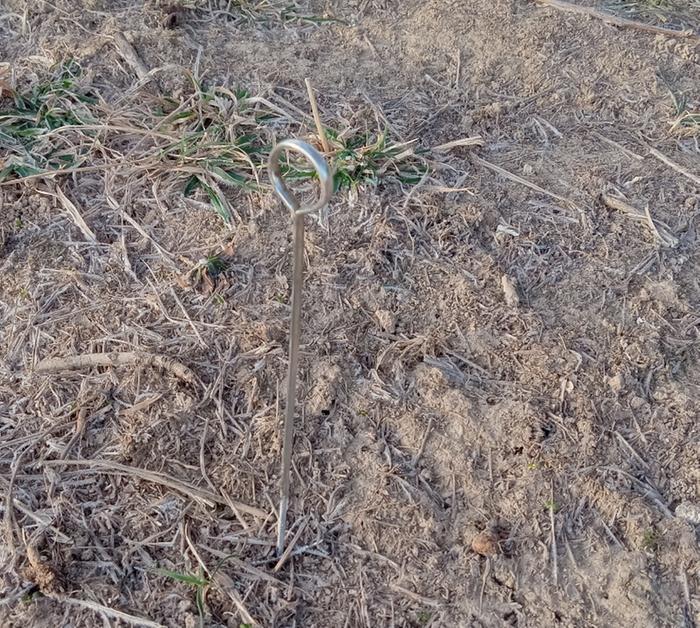
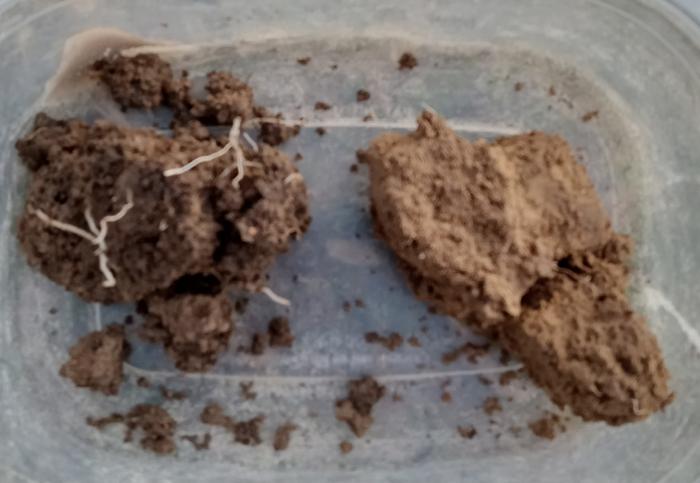
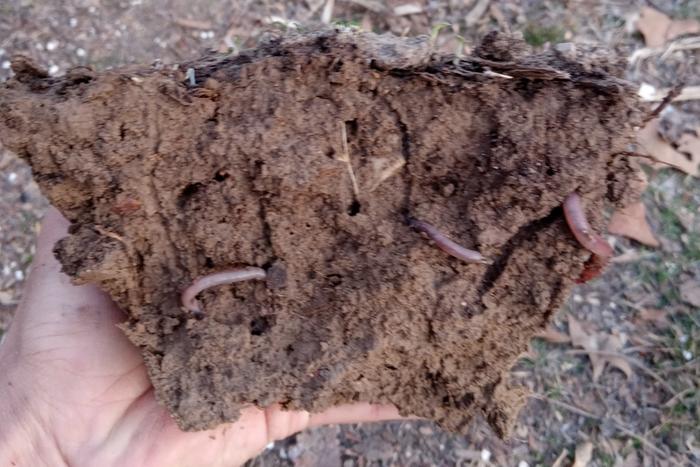
Zone 6, 45 inches precipitation, hard clay soil















 6
6




May Lotito wrote:
2. Dig down to show the depth of top soil or subsoil like Nancy did. If your topsoil is one ft deep you are not qualified.
Working toward a permaculture-strong retirement near sunny Sperling.
 9
9




Derek Thille wrote:
The native soils in some regions are incredibly deep, so I'm not sure I like this as a disqualification mechanism. In recently developed urban areas, you'd be hard pressed to find more than a couple inches of topsoil above fill so it would work there.
Zone 6, 45 inches precipitation, hard clay soil




 6
6




![Filename: Screenshot_20240229_124925_Samsung-Notes.jpg
Description: 400 [Thumbnail for Screenshot_20240229_124925_Samsung-Notes.jpg]](/t/241166/a/233816/Screenshot_20240229_124925_Samsung-Notes.jpg)
Zone 6, 45 inches precipitation, hard clay soil




 2
2




De-fund the Mosquito Police!
Become extra-civilized...
 3
3




 5
5




 7
7




 5
5




Perfect The Dwelling Land and support the kickstarter! https://www.kickstarter.com/projects/paulwheaton/garden-cards?ref=90v0pa
 3
3




 3
3




I'm pursuing SKIP to inherit property, check it out for yourself: SKIP book or maybe you're my Otis/Otessa match?
I created a thread dedicated to my countdown to PEP2, please come visit and ask a question!
I love that Rocket Mass Heaters are Carbon-Nuetral. In Erica's and Ernies Art of Fire Presentation, Erica explains the chemistry of how that's possible!
I attended Helen's Garden Master Course in January 2022 and give the lectures 10/10 acorns! Fortunately for you, you can also see the Garden Master recordings but unfortunately you'll miss out on the fruit Helen grew and shared. It was the tastiest fruit I've ever had!
This one is mostly for myself because I highly recommend using this BB tracking spreadsheet and I need a faster way to locate it when I want to share it with potential SKIPpers.
 3
3




I'm pursuing SKIP to inherit property, check it out for yourself: SKIP book or maybe you're my Otis/Otessa match?
I created a thread dedicated to my countdown to PEP2, please come visit and ask a question!
I love that Rocket Mass Heaters are Carbon-Nuetral. In Erica's and Ernies Art of Fire Presentation, Erica explains the chemistry of how that's possible!
I attended Helen's Garden Master Course in January 2022 and give the lectures 10/10 acorns! Fortunately for you, you can also see the Garden Master recordings but unfortunately you'll miss out on the fruit Helen grew and shared. It was the tastiest fruit I've ever had!
This one is mostly for myself because I highly recommend using this BB tracking spreadsheet and I need a faster way to locate it when I want to share it with potential SKIPpers.












 3
3




 5
5




















How Permies works: https://permies.com/wiki/34193/permies-works-links-threads
My projects on Skye: The tree field, Growing and landracing, perennial polycultures, "Don't dream it - be it! "

|
"Don't believe every tiny ad you see on the internet. But this one is rock solid." - George Washington
The new permaculture playing cards kickstarter is now live!
https://www.kickstarter.com/projects/paulwheaton/garden-cards
|
